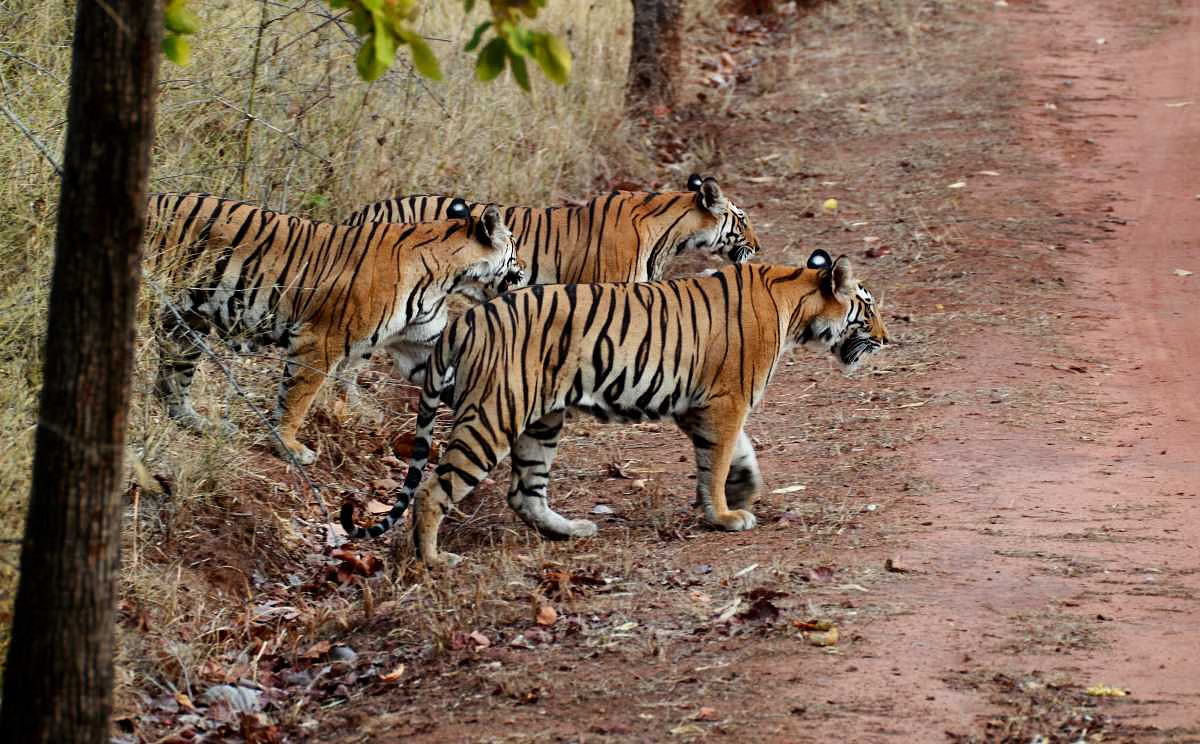- Entrances: Access through Pokhariya (main), Salparni, and Bahimar gates—Pokhariya lies conveniently adjacent to NH‑33.
- Exploration: Over 111 km of internal roads and several watchtowers provide thrilling wildlife safaris and scenic views .
- Facilities: Equipped with forest rest houses (e.g., Rajderwah), cottages, lodges, canteens, drinking water points, and purpose-built watch towers near waterholes to facilitate wildlife observations.
- Vegetation: Dominated by Sal and mixed deciduous forests, interspersed with bamboo groves and grasslands.
- Wildlife: Home to sambar, chital, nilgai, wild boar, sloth bear, hyena, jackal, and occasionally elusive leopards and tigers. Threatened pangolins, porcupines, foxes, and diverse monkey species also find refuge here.
- Birdlife: A paradise for birdwatchers—with sightings of serpent eagles, paradise flycatchers, kingfishers, bee-eaters, babblers, woodpeckers, lapwings, peafowl, pond herons, and even critically endangered vultures.

